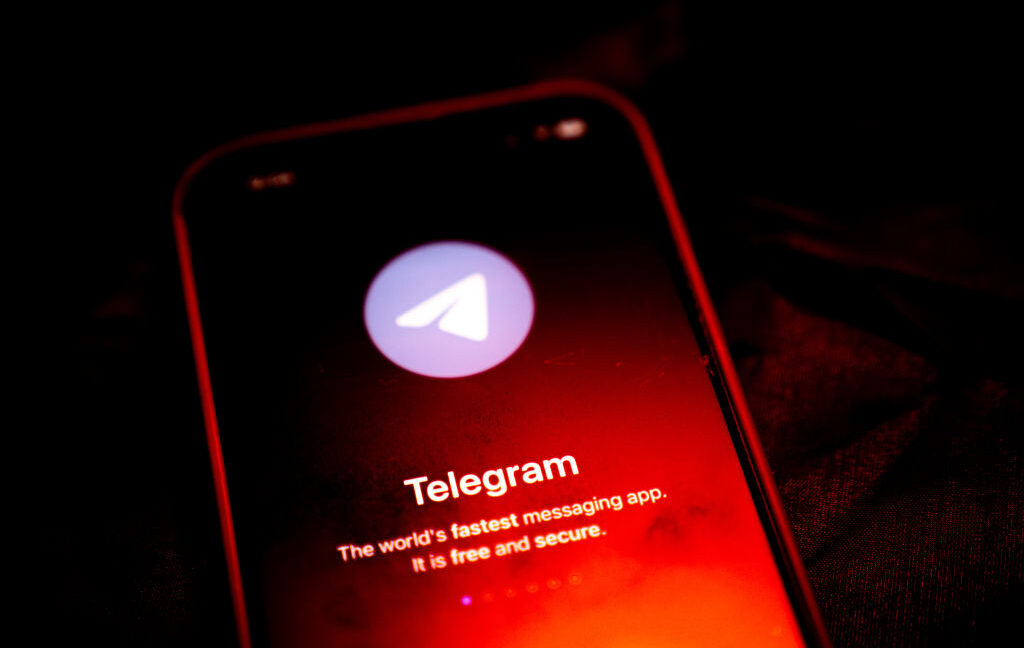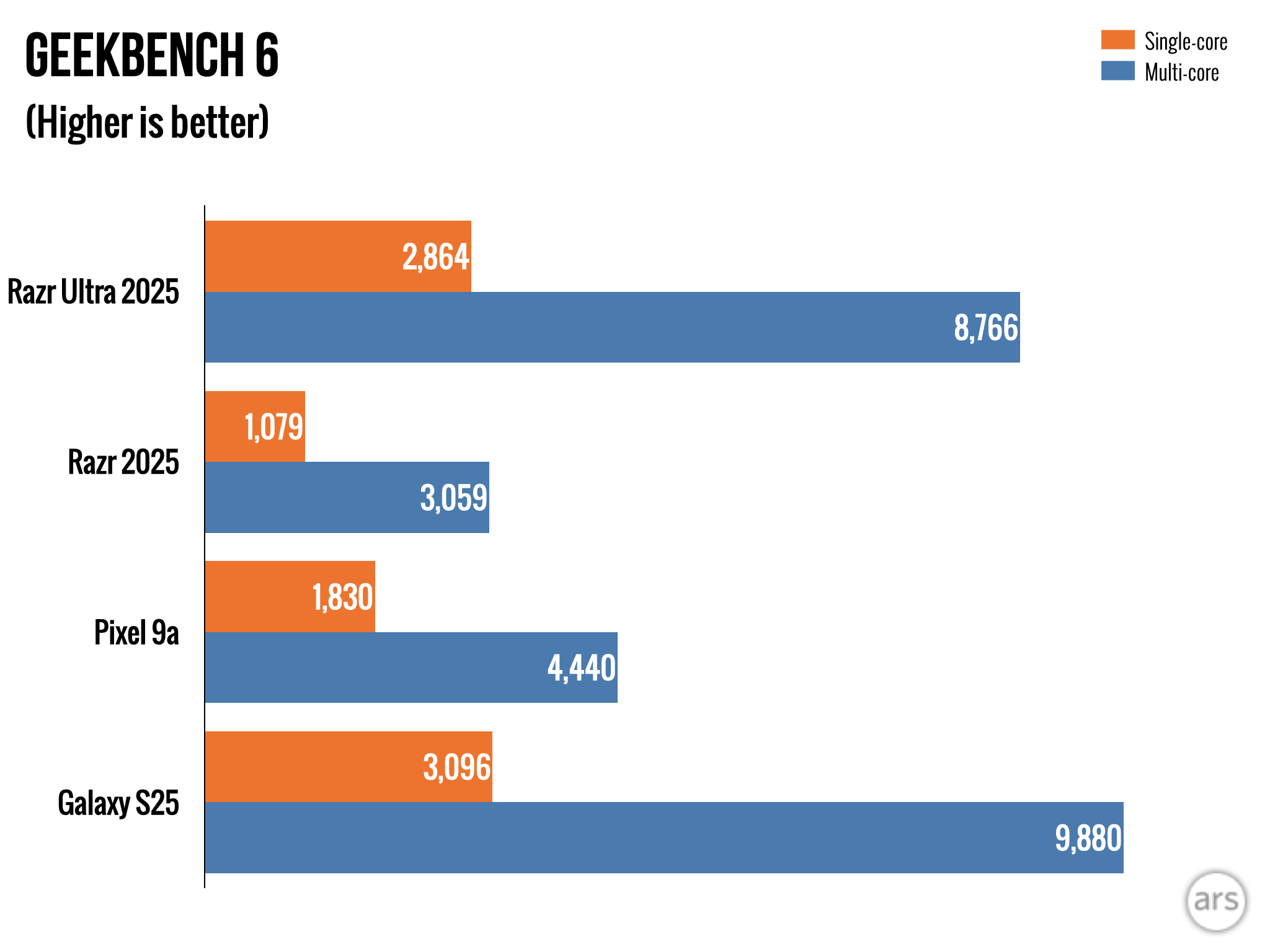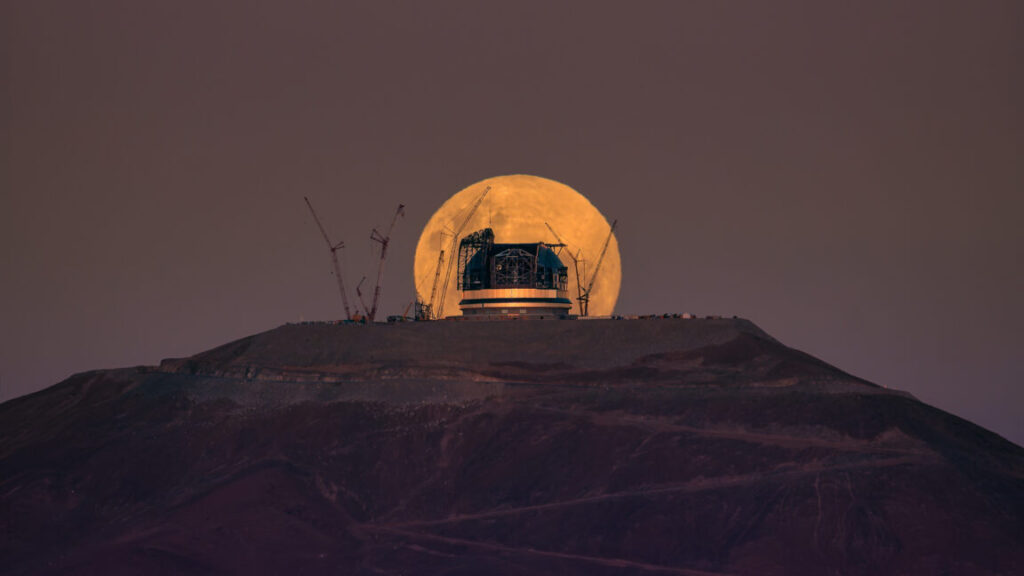Zero-click searches: Google’s AI tools are the culmination of its hubris
Google is constantly making changes to its search rankings, but not all updates are equal. Every few months, the company bundles up changes into a larger “core update.” These updates make rapid and profound changes to search, so website operators watch them closely.
The March 2024 update was unique. It was one of Google’s largest core updates ever, and it took over a month to fully roll out. Nothing has felt quite the same since. Whether the update was good or bad depends on who you ask—and maybe who you are.
It’s common for websites to see traffic changes after a core update, but the impact of the March 2024 update marked a seismic shift. Google says the update aimed to address spam and AI-generated content in a meaningful way. Still, many publishers say they saw clicks on legitimate sites evaporate, while others have had to cope with unprecedented volatility in their traffic. Because Google owns almost the entire search market, changes in its algorithm can move the Internet itself.
In hindsight, the March 2024 update looks like the first major Google algorithm update for the AI era. Not only did it (supposedly) veer away from ranking AI-authored content online, but it also laid the groundwork for Google’s ambitious—and often annoying—desire to fuse AI with search.
A year ago, this ambition surfaced with AI Overviews, but now the company is taking an even more audacious route, layering in a new chat-based answer service called “AI Mode.” Both of these technologies do at least two things: They aim to keep you on Google properties longer, and they remix publisher content without always giving prominent citations.
Smaller publishers appear to have borne the brunt of the changes caused by these updates. “Google got all this flak for crushing the small publishers, and it’s true that when they make these changes, they do crush a lot of publishers,” says Jim Yu, CEO of enterprise SEO platform BrightEdge. Yu explains that Google is the only search engine likely to surface niche content in the first place, and there are bound to be changes to sites at the fringes during a major core update.
Google’s own view on the impact of the March 2024 update is unsurprisingly positive. The company said it was hoping to reduce the appearance of unhelpful content in its search engine results pages (SERPs) by 40 percent. After the update, the company claimed an actual reduction of closer to 45 percent. But does it feel like Google’s results have improved by that much? Most people don’t think so.
What causes this disconnect? According to Michael King, founder of SEO firm iPullRank, we’re not speaking the same language as Google. “Google’s internal success metrics differ from user perceptions,” he says. “Google measures user satisfaction through quantifiable metrics, while external observers rely on subjective experiences.”
Google evaluates algorithm changes with various tests, including human search quality testers and running A/B tests on live searches. But more than anything else, success is about the total number of searches (5 trillion of them per year). Google often makes this number a centerpiece of its business updates to show investors that it can still grow.
However, using search quantity to measure quality has obvious problems. For instance, more engagement with a search engine might mean that quality has decreased, so people try new queries (e.g., the old trick of adding “Reddit” to the end of your search string). In other words, people could be searching more because they don’t like the results.
Jim Yu suggests that Google is moving fast and breaking things, but it may not be as bad as we think. “I think they rolled things out faster because they had to move a lot faster than they’ve historically had to move, and it ends up that they do make some real mistakes,” says Yu. “[Google] is held to a higher standard, but by and large, I think their search quality is improving.”
According to King, Google’s current search behavior still favors big names, but other sites have started to see a rebound. “Larger brands are performing better in the top three positions, while lesser-known websites have gained ground in positions 4 through 10,” says King. “Although some websites have indeed lost traffic due to reduced organic visibility, the bigger issue seems tied to increased usage of AI Overviews”—and now the launch of AI Mode.
Yes, the specter of AI hangs over every SERP. The unhelpful vibe many people now get from Google searches, regardless of the internal metrics the company may use, may come from a fundamental shift in how Google surfaces information in the age of AI.
The AI Overview hangover
In 2025, you can’t talk about Google’s changes to search without acknowledging the AI-generated elephant in the room. As it wrapped up that hefty core update in March 2024, Google also announced a major expansion of AI in search, moving the “Search Generative Experience” out of labs and onto Google.com. The feature was dubbed “AI Overviews.”
The AI Overview box has been a fixture on Google’s search results page ever since its debut a year ago. The feature uses the same foundational AI model as Google’s Gemini chatbot to formulate answers to your search queries by ingesting the top 100 (!) search results. It sits at the top of the page, pushing so-called blue link content even farther down below the ads and knowledge graph content. It doesn’t launch on every query, and sometimes it answers questions you didn’t ask—or even hallucinates a totally wrong answer.
And it’s not without some irony that Google’s laudable decision to de-rank synthetic AI slop comes at the same time that Google heavily promotes its own AI-generated content right at the top of SERPs.
AI Overviews appear right at the top of many search results. Credit: Google
What is Google getting for all of this AI work? More eyeballs, it would seem. “AI is driving more engagement than ever before on Google,” says Yu. BrightEdge data shows that impressions on Google are up nearly 50 percent since AI Overviews launched. Many of the opinions you hear about AI Overviews online are strongly negative, but that doesn’t mean people aren’t paying attention to the feature. In its Q1 2025 earnings report, Google announced that AI Overviews is being “used” by 1.5 billion people every month. (Since you can’t easily opt in or opt out of AI Overviews, this “usage” claim should be taken with a grain of salt.)
Interestingly, the impact of AI Overviews has varied across the web. In October 2024, Google was so pleased with AI Overviews that it expanded them to appear in more queries. And as AI crept into more queries, publishers saw a corresponding traffic drop. Yu estimates this drop to be around 30 percent on average for those with high AI query coverage. For searches that are less supported in AI Overviews—things like restaurants and financial services—the traffic change has been negligible. And there are always exceptions. Yu suggests that some large businesses with high AI Overview query coverage have seen much smaller drops in traffic because they rank extremely well as both AI citations and organic results.
Lower traffic isn’t the end of the world for some businesses. Last May, AI Overviews were largely absent from B2B queries, but that turned around in a big way in recent months. BrightEdge estimates that 70 percent of B2B searches now have AI answers, which has reduced traffic for many companies. Yu doesn’t think it’s all bad, though. “People don’t click through as much—they engage a lot more on the AI—but when they do click, the conversion rate for the business goes up,” Yu says. In theory, serious buyers click and window shoppers don’t.
But the Internet is not a giant mall that exists only for shoppers. It is, first and foremost, a place to share and find information, and AI Overviews have hit some purveyors of information quite hard. At launch, AI Overviews were heavily focused on “What is” and “How to” queries. Such “service content” is a staple of bloggers and big media alike, and these types of publishers aren’t looking for sales conversions—it’s traffic that matters. And they’re getting less of it because AI Overviews “helpfully” repackages and remixes their content, eliminating the need to click through to the site. Some publishers are righteously indignant, asking how it’s fair for Google to remix content it doesn’t own, and to do so without compensation.
But Google’s intentions don’t end with AI Overviews. Last week, the company started an expanded public test of so-called “AI Mode,” right from the front page. AI Mode doesn’t even bother with those blue links. It’s a chatbot experience that, at present, tries to answer your query without clearly citing sources inline. (On some occasions, it will mention Reddit or Wikipedia.) On the right side of the screen, Google provides a little box with three sites linked, which you can expand to see more options. To the end user, it’s utterly unclear if those are “sources,” “recommendations,” or “partner deals.”
Perhaps more surprisingly, in our testing, not a single AI Mode “sites box” listed a site that ranked on the first page for the same query on a regular search. That is, the links in AI Mode for “best foods to eat for a cold” don’t overlap at all with the SERP for the same query in Google Search. In fairness, AI Mode is very new, and its behavior will undoubtedly change. But the direction the company is headed in seems clear.
Google’s real goal is to keep you on Google or other Alphabet properties. In 2019, Rand Fishkin noticed that Google’s evolution from search engine to walled garden was at a tipping point. At that time—and for the first time—more than half of Google searches resulted in zero click-throughs to other sites. But data did show large numbers of clicks to Google’s own properties, like YouTube and Maps. If Google doesn’t intend to deliver a “zero-click” search experience, you wouldn’t know it from historical performance data or the new features the company develops.
You also wouldn’t know it from the way AI Overviews work. They do cite some of the sources used in building each output, and data suggests people click on those links. But are the citations accurate? Is every source used for constructing an AI Overview cited? We don’t really know, as Google is famously opaque about how its search works. We do know that Google uses a customized version of Gemini to support AI Overviews and that Gemini has been trained on billions and billions of webpages.
When AI Overviews do cite a source, it’s not clear how those sources came to be the ones cited. There’s good reason to be suspicious here: AI Overview’s output is not great, as witnessed by the numerous hallucinations we all know and love (telling people to eat rocks, for instance). The only thing we know for sure is that Google isn’t transparent about any of this.
No signs of slowing
Despite all of that, Google is not slowing down on AI in search. More recent core updates have only solidified this new arrangement with an ever-increasing number of AI-answered queries. The company appears OK with its current accuracy problems, or at the very least, it’s comfortable enough to push out AI updates anyway. Google appears to have been caught entirely off guard by the public launch of ChatGPT, and it’s now utilizing its search dominance to play catch-up.
To make matters even more dicey, Google isn’t even trying to address the biggest issue in all this: The company’s quest for zero-click search harms the very content creators upon which the company has built its empire.
For its part, Google has been celebrating its AI developments, insisting that content producers don’t know what’s best for them, refuting any concerns with comments about search volume increases and ever-more-complex search query strings. The changes must be working!
Google has been building toward this moment for years. The company started with a list of ten blue links and nothing else, but little by little, it pushed the links down the page and added more content that keeps people in the Google ecosystem. Way back in 2007, Google added Universal Search, which allowed it to insert content from Google Maps, YouTube, and other services. In 2009, Rich Snippets began displaying more data from search results on SERPs. In 2012, the Knowledge Graph began extracting data from search results to display answers in the search results. Each change kept people on Google longer and reduced click-throughs, all the while pushing the search results down the page.
AI Overviews, and especially AI Mode, are the logical outcome of Google’s years-long transformation from an indexer of information to an insular web portal built on scraping content from around the web. Earlier in Google’s evolution, the implicit agreement was that websites would allow Google to crawl their pages in exchange for sending them traffic. That relationship has become strained as the company has kept more traffic for itself, reducing click-throughs to websites even as search volume continues to increase. And locking Google out isn’t a realistic option when the company controls almost the entire search market.
Even when Google has taken a friendlier approach, business concerns could get in the way. During the search antitrust trial, documents showed that Google initially intended to let sites opt out of being used for AI training for its search-based AI features—but these sites would still be included in search results. The company ultimately canned that idea, leaving site operators with the Pyrrhic choice of participating in the AI “revolution” or becoming invisible on the web. Google now competes with, rather than supports, the open web.
When many of us look at Google’s search results today, the vibe feels off. Maybe it’s the AI, maybe it’s Google’s algorithm, or maybe the Internet just isn’t what it once was. Whatever the cause, the shift toward zero-click search that began more than a decade ago was made clear by the March 2024 core update, and it has only accelerated with the launch of AI Mode. Even businesses that have escaped major traffic drops from AI Overviews could soon find that Google’s AI-only search can get much more overbearing.
The AI slop will continue until morale improves.
Ryan Whitwam is a senior technology reporter at Ars Technica, covering the ways Google, AI, and mobile technology continue to change the world. Over his 20-year career, he’s written for Android Police, ExtremeTech, Wirecutter, NY Times, and more. He has reviewed more phones than most people will ever own. You can follow him on Bluesky, where you will see photos of his dozens of mechanical keyboards.
Zero-click searches: Google’s AI tools are the culmination of its hubris Read More »





























